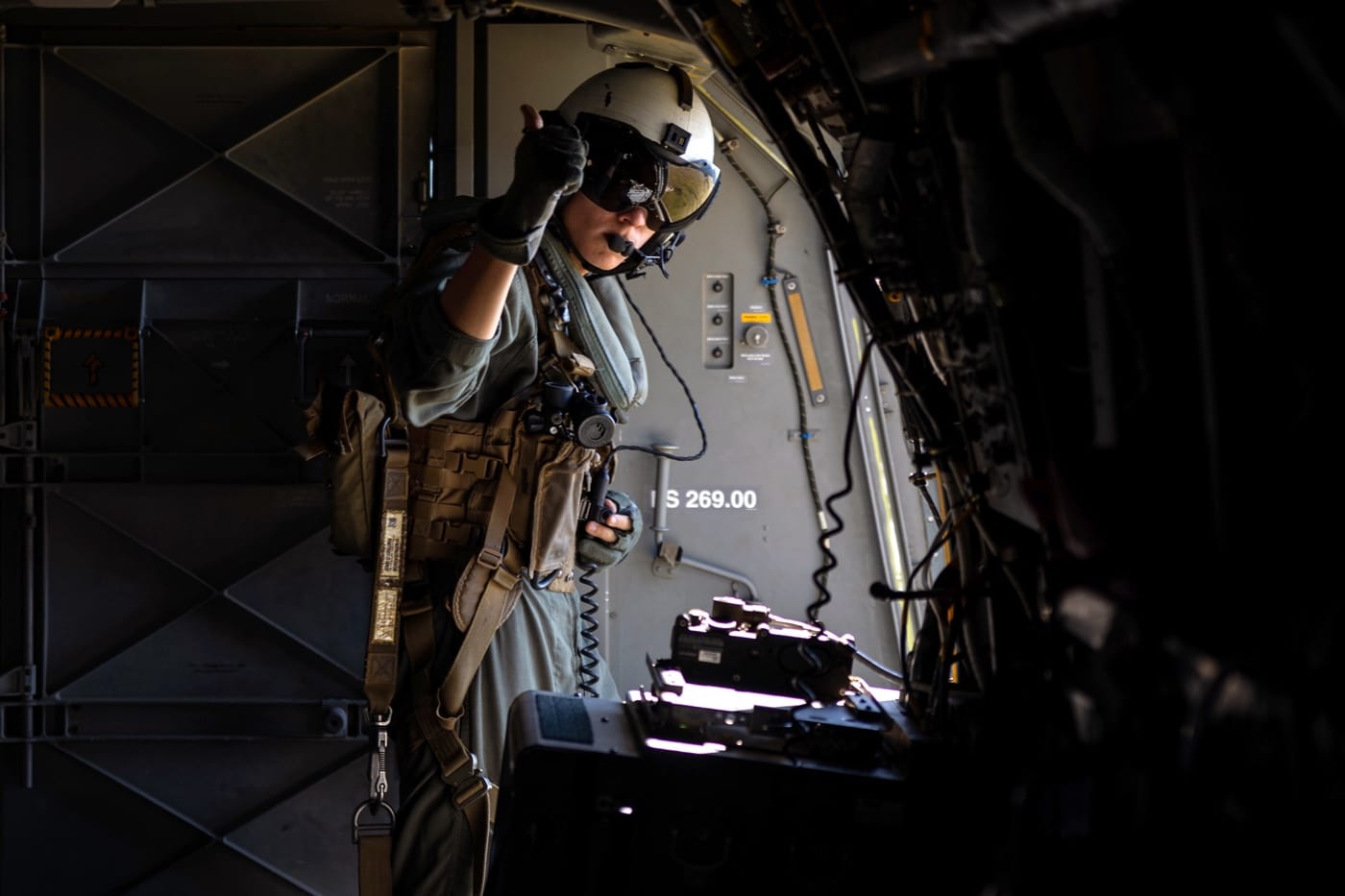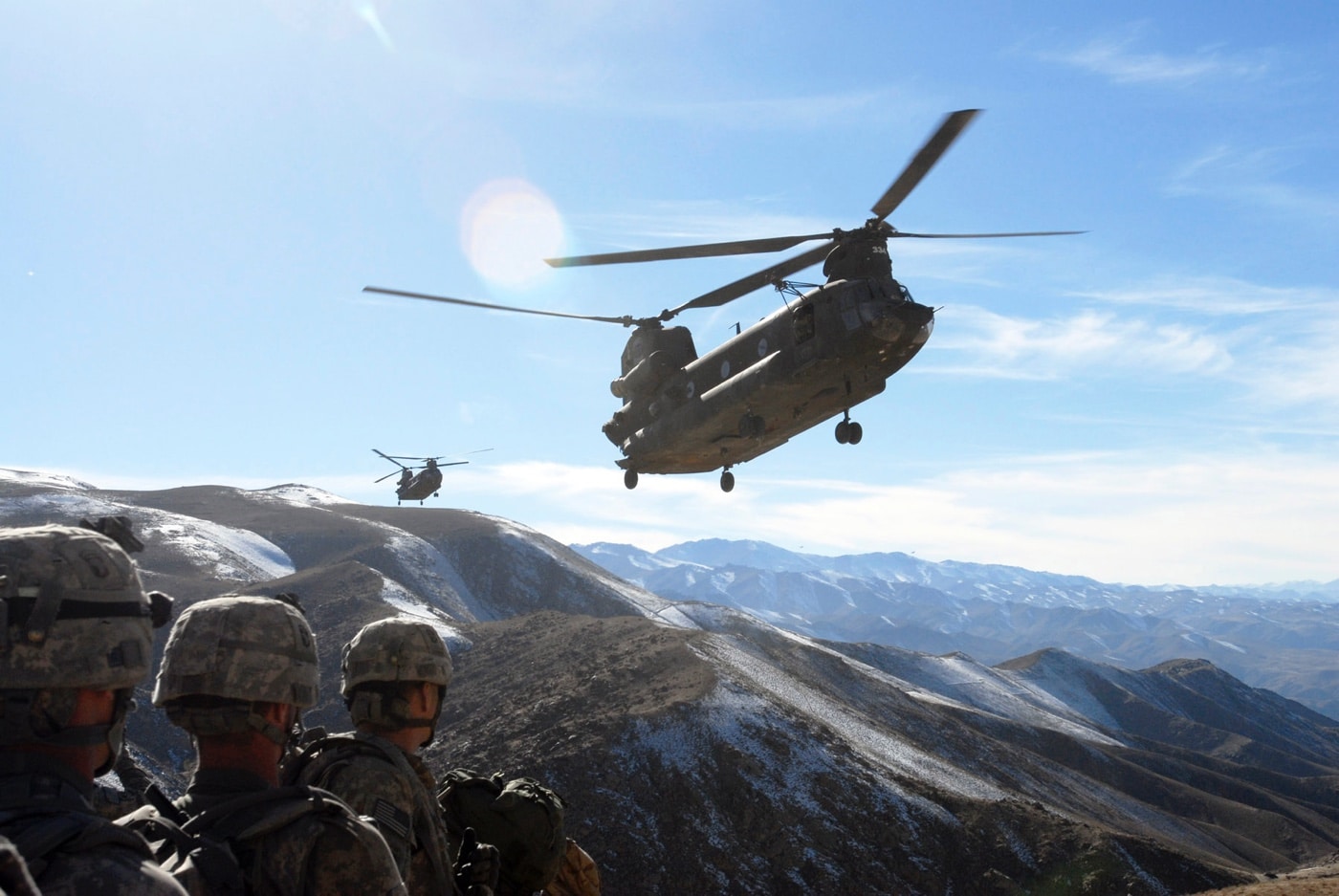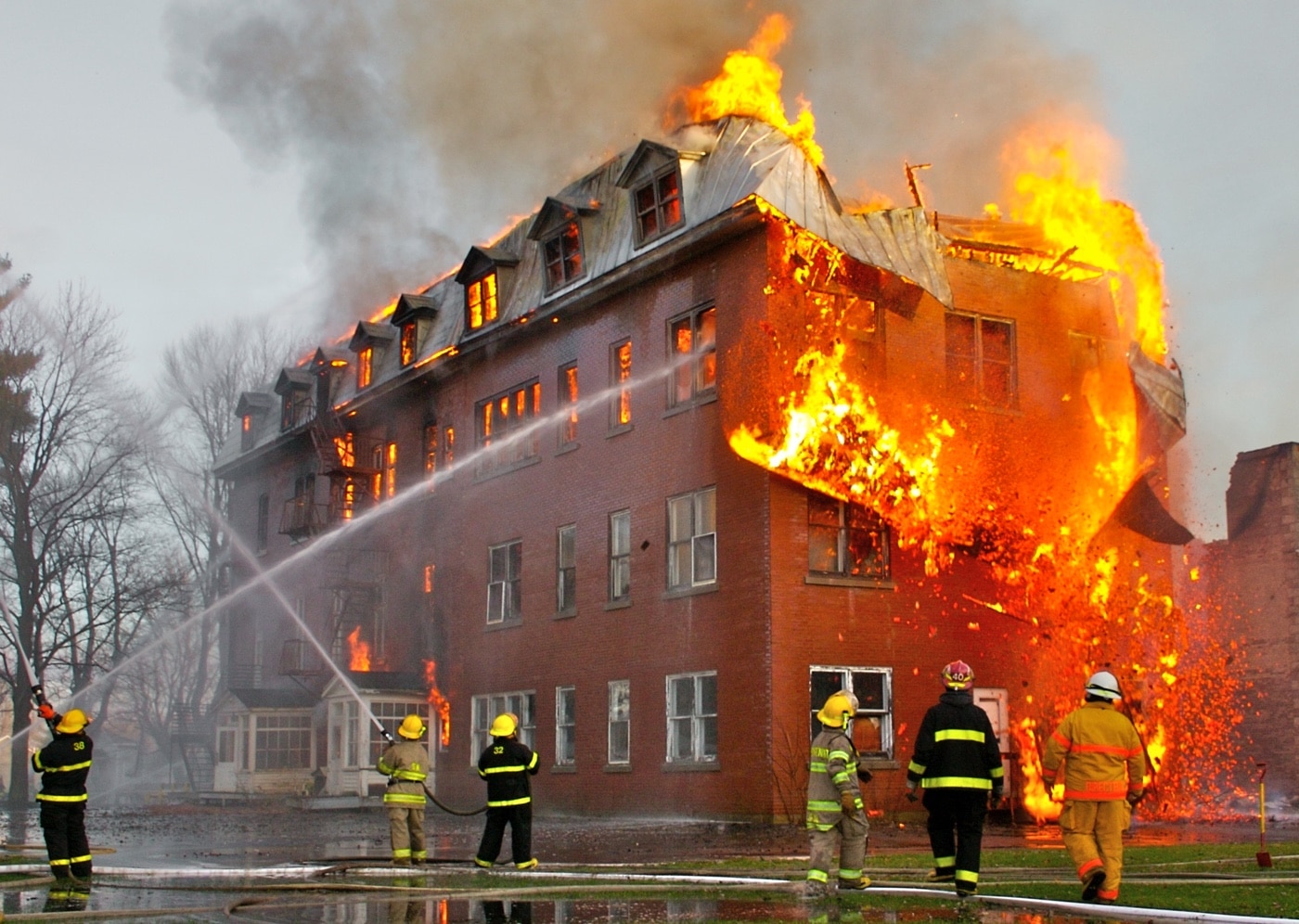Cockpit Tactics Applied to Family Self Defense
April 11th, 2024
6 minute read
My second of five careers I was an Army aviator. About a tenth of that time was spent flying OH-58 aeroscout helicopters single pilot. Strip the doors off of that bad boy and you are riding a three-dimensional motorcycle. Just thinking about those heady days brings an involuntary grin to my face. However, everything else involved flying as part of a crew.

Sometimes that’s pretty condensed. The cockpit of a Cobra attack helicopter is about the size of your dinner table. That means quite a lot of enforced intimacy. However, how the guy flying the helicopter gunship communicates with the other guy who is busy shooting stuff is absolutely critical. Make that a Huey or a Blackhawk in a confined space with a crew chief in the back and things can get even more complicated. Conveying ideas in a concise, effective, and timely fashion drives whether you turn the tail rotor into a tree or let someone with a Kalashnikov fill your machine with holes. And then there were Chinooks.
We never flew a CH-47D Chinook operationally without two pilots, a flight engineer, and a crew chief. That thing is 98 feet long from rotor tip to rotor tip. It weighs 25 tons and flies at nearly two hundred miles per hour. When you are threading a machine that big down some congested riverbed at ten feet off the ground and 160 knots everybody has to be on their toes. Fortunately, Uncle Sam thought of that before they ever gave me the keys.

When I was in flight school, we had extensive training on cockpit crew coordination. This was also known as Crew Resource Management (CRM). Distilled to its essence, CRM concerned standardized verbiage and procedures that we all used so as to be interchangeable and effective anywhere in the world. If you plucked a CH-47 pilot out of Germany and sent him to Alaska he needed to be able to plop down in that seat and interface with the other three crew members like he was born there. At the time I thought it was kind of stupid. And then I actually went out into the real world.
War Story
“Hey, boss, I think we need to go back to the airfield…”
On that fateful day while slingloading targets out onto the impact area, that statement from my flight engineer didn’t tell me anything useful. He was a great guy, arguably the most technically competent FE I ever flew with, but he let the emotion of the moment get the better of him. I wasted a precious half minute or so asking what was wrong and why we needed to scrub the mission and return to base. About the time I was getting my head around the details, the hydraulic pump on the forward transmission exploded.

I obviously didn’t die, but it did make for a terribly exciting afternoon. Aside from being fairly unsettling, it took me a week to get the oily hydraulic fluid smell out of my hair. However, it really drove home how important it was to plan and rehearse how to react and communicate in times of peace so that you will be ready in times of chaos.
Standardization Helps Minimize Stupid
“You have the controls.”
“I have the controls.”
“You have the controls.”
The pilot originally on the controls then takes a quick glance over to ensure that the other pilot is actually flying the aircraft before releasing the cyclic and collective. Every Army aviator on the planet performs this simple cockpit task exactly the same way.
As a result, it is nearly impossible to look up and realize nobody is flying the airplane. That sounds stupid, only it isn’t. Do something long enough, and bad things invariably happen. Standardized procedures and communication in the cockpit minimize the possibility of mistakes under stress. The same basic concept applies to your family in a crisis situation as well.
Closer to Home
Apparently criminals are all insomniacs or vampires. They seem to do their best work at night. By contrast, we normal folk are most often just asleep. Balance of probability you won’t be faced with a mortal threat when you are well-rested after a hearty breakfast and a generous jolt of caffeine. The monster is going to be coming after you when you’ve been suddenly startled awake in the middle of the night by glass breaking downstairs. That’s not the best time to try to codify your immediate action drills.
Start when they’re young, and your kids will think it’s a game. Get the whole family in on it and be careful not to scare them. Wargame possible scenarios with your spouse and then scheme out various courses of action. Once you have your basic actions on enemy contact in place, walk the kids through it and then rehearse.
If you are 6 years old and hear sounds of a struggle or shouting, do you stay in your room or go to a predesignated spot? The same criteria apply to waking up to the smell of smoke or the sound of storm sirens. How about if your bedroom is upstairs? Do you count on the stairs being clear or might it be a good idea to invest in a compact collapsible escape ladder?
Drawing on the cockpit coordination analogy, have a word or phrase that you can shout that everybody understands.

“Get out of the house now!” can mean run screaming off into the darkness in four different directions. Or, it could automatically direct everybody to meet at the utility shed for a quick headcount. Preposition a flashlight and some old blankets out there in case it is chilly out and you have to wait for the fire department. Store the batteries separately in a Ziploc bag so they can’t corrode and ruin your light. Ask me how I know this.
If you have some reliable neighbors, you might want to fold them into the plan. Just a quick chat across the hedge to make sure it is OK to have the kids come beat on their door in the night in the event of an emergency can allay concerns should that actually happen. No less a luminary than George S. Patton Jr. opined, “He who sweats more in training bleeds less in battle.” A small investment in time and effort can pay great dividends in a crisis.
Ruminations
We prattle on incessantly about home defense firearms and accessories. However, if you ever have to use that thing for real, particularly with friendlies in the mix, it is going to suck. If you are forced to play Delta Force commando in your living room while dressed solely in your boxers at 0200 in the morning, then you really need to know what’s on the other side of the drywall.
[Be sure to read Paul Carlson’s article to answer Will 5.56 go through walls?]
Rehearsing a little family crew coordination on some lazy Saturday afternoon can make that horrible experience just a little bit less horrible. And with a little coordination gleaned from my experience in the cockpit, you can potentially be much better prepared to deal with those dangerous insomniacs or vampires that might be invading your home.
Editor’s Note: Please be sure to check out The Armory Life Forum, where you can comment about our daily articles, as well as just talk guns and gear. Click the “Go To Forum Thread” link below to jump in!
Join the Discussion
Continue Reading
Did you enjoy this article?

 165
165






